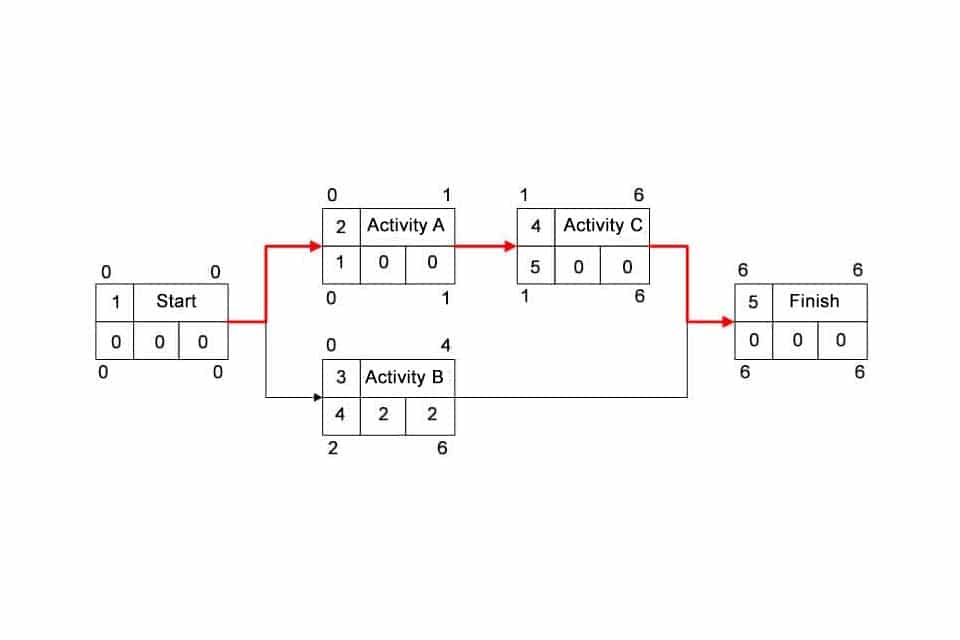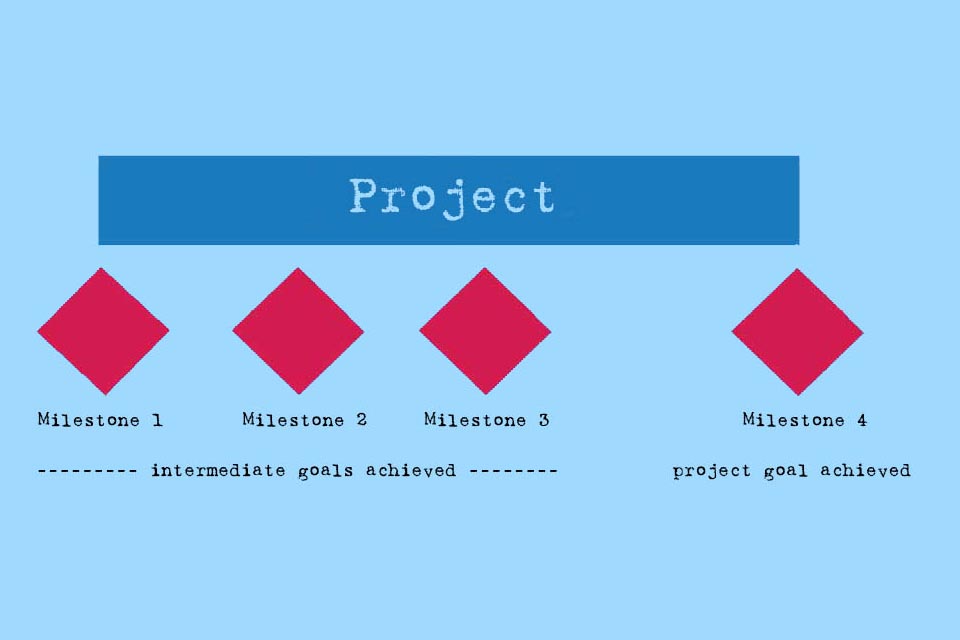What is the Duration?
Smartpedia: The duration is the difference in time between the start time and the end time of an operation minus non-working times.
Duration – the number of work cycles required to complete a task
The duration is generally defined as the time difference between the start time and the end time of a project, activity, work package, or task. The PMBOK Guide specifies this definition with the number of work cycles to complete a task. A work cycle is a measure such as
- working hours,
- working days,
- working weeks etc.
This means that an activity that starts on the first day of a month and ends on the last day of a month, although it comprises 30 (calendar) days, only (depending on the location of the weekends) lasts 20 working days. This passed time between the beginning and the end is called Elapsed Time. The duration is therefore less than the time between the start and end of a project, activity, work package or task. Such information must be taken into account when planning deadlines.
Duration versus effort
The duration should not be confused with the effort. An activity that is planned from Monday to Friday with a time span of 5 working days, can for example have an effort of 1 working day of 8 hours (one employee works 2 hours on the activity per day except Wednesdays) or 10 working days (2 employees work full-time on the activity from Monday to Friday).
Methods for using the duration
In different methods of project management there are different approaches to the use of duration:
- The critical chain method uses an “optimistic duration” for tasks and defines a time buffer for the entire project.
- The network planning technique PERT uses the “average duration “, which is calculated from optimistic, most frequent and pessimistic time span.
- The Critical Path Method uses the “most frequent duration”, which usually deviates from the average period.
- In principle, a “maximum duration” can also be used for planning processes whose result is uncertain. A task with a maximum time span is often followed by a milestone at which the progress of the project can be decided.
Impuls to discuss:
How important is the duration in agile developments with defined sprints?
Notes:
Here you will find additional information from our Smartpedia section:



